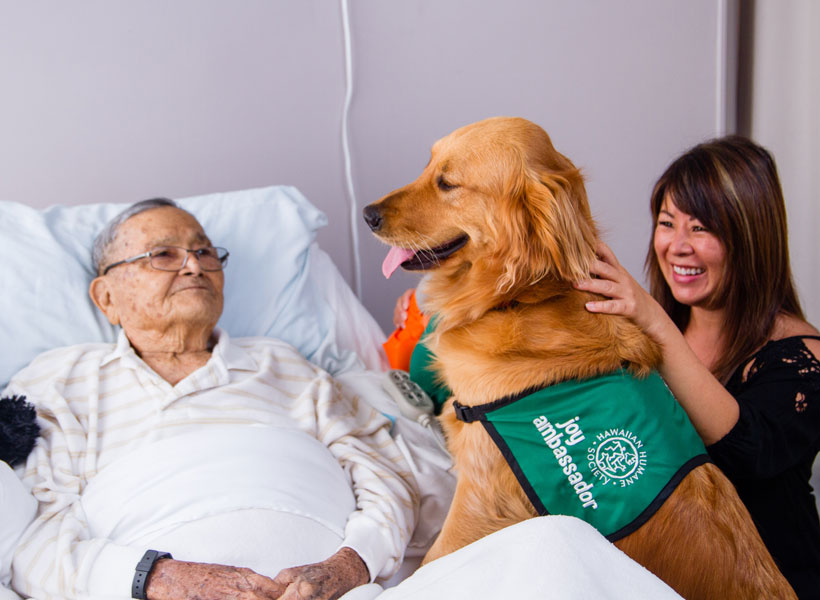Those of us who have pets know that animals have an instinct for human emotion. Our companion animals are there for us in our most difficult moments, offering comfort and unconditional love. For pets, this behavior is a sign of their love and devotion to their owner’s well-being. For assistance animals, tending to their owner’s needs is much more – it’s their job. Most people don’t realize there are three types of assistance animals: service dogs, emotional support animals, and visitation animals. Each of these animals has an important job that makes them indispensable to their human companions.
Service dogs are what most people think of when they picture assistance animals. These dogs are working animals, not pets, and they undergo extensive training from puppyhood. They help their owners do things like detect seizures, guide the blind, calm PTSD, and provide medication reminders to the mentally ill. They’re protected in public spaces and their owner’s housing by the Americans with Disabilities Act because of their important work. Organizations like Assistance Dogs of Hawaii (ADH) teach service dogs over 90 commands during up to two years of training.


Visitation animals also provide emotional support to humans. These animals visit the elderly and sick in hospitals, elderly housing, and hospice centers to provide a sense of companionship and joy. Pet visitation programs like Hawaiian Humane Society’s Joy Ambassadors provide people-pet teams that go out to the community to promote the human-animal bond. “People light up when the animals get there,” said Marielle Terbio, Manager of Volunteers at Hawaiian Humane Society. “These are people who are depressed and sometimes very sick. This is a chance for owners to share the gift of their pet with those in need.” It is essential that visitation animals enjoy interacting with people and are well-behaved, passing a suitability exam to enter the program. If your dog spreads joy wherever they go, Hawaiian Humane Society is always looking for new Joy Ambassadors. Contact Kristen Koss, at 356-2222, for more information.




